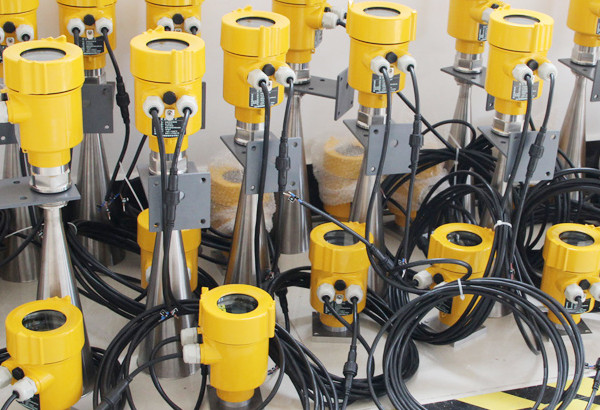An intelligent radar level meter is used for non-contact continuous level measurement of liquids, slurries, and granular materials. It is suitable for applications with large temperature and pressure variations and the presence of inert gases or vapors. It adopts the microwave pulse measurement method, can work normally in an industrial frequency band, can be installed in various metal containers and non-metal environments, and is harmless to the human body. So what are its specific features and what matters need to be noted for measurement? I believe you can get the answer from this article

We first understand the performance characteristics of intelligent radar level meter
1. No blind area, high accuracy
2. Two-wire technology is an excellent substitute for differential pressure meters, magnetostrictive meters, radio frequency conductivity meters, and magnetic flap meter
3. Not affected by pressure change, vacuum, temperature change, inert gas, smoke, steam, and other environments
4. Simple installation, rugged and maintenance-free
5. Output signal is 4mA~20mA/HART protocol, easy to calibrate. Through the digital LCD display can easily realize the field calibration operation, through the software can realize simple configuration settings and programming
6. Sensitive measurement and fast refreshing speed
7. Suitable for high temperature working conditions, process temperature up to 200℃, up to 350℃ when using high-temperature extension antenna.

Then let’s understand the intelligent radar level meter measurement attention
1. The measuring range is calculated from the point where the beam touches the bottom of the tank, but in special cases, if the bottom of the tank is concave or conical, the level cannot be measured when it is lower than that point.
2. If the medium is a low dielectric constant, the tank can be seen at a low level. At this time, in order to ensure the measurement accuracy, it is recommended to set the zero point at the low height of C.
3. In theory, the position of the antenna can be measured, but considering the influence of corrosion and adhesion, the final value of the measuring range should be 100mm smaller than the antenna.
4. For overflow protection, the safety distance can be defined and connected to the blind area.
5. Different concentrations of foam can not only absorb microwaves, but also reflect them, and they can be measured under certain conditions.
6. Action beyond the measurement range When the measurement range is exceeded, the instrument output is 22mA current.
